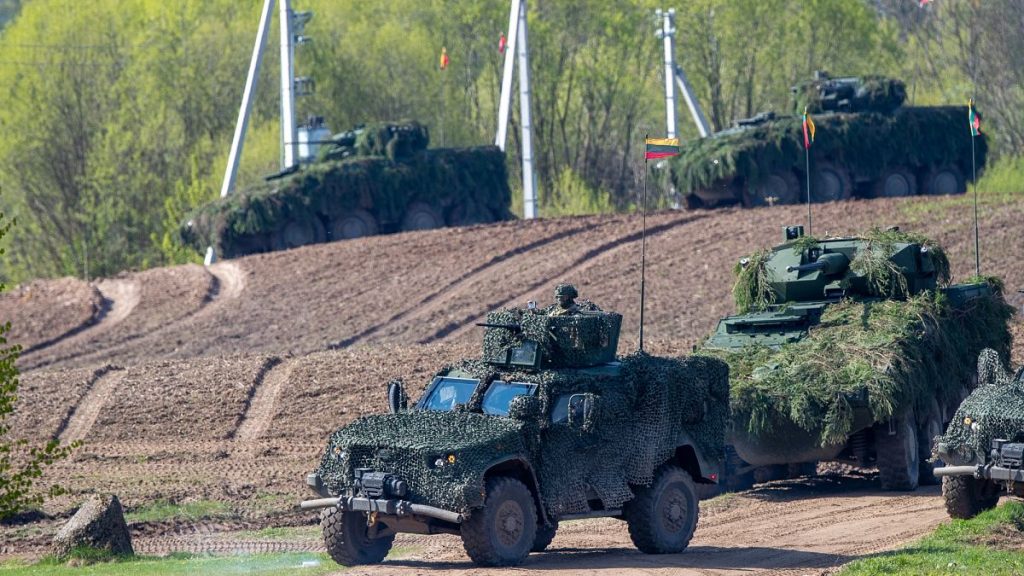The EU’spush to unify its military mobility budget is criticized for being relatively modest compared to the real needs of its member states. President Tony Murphy of the European Central Authority (ECA) highlighted that the EU’s €1.7 billion allocated to military mobility between 2021 and 2027 has not yet fulfilled the anticipated standard of efficiency and outreach against aggression. Despite this, Murphy_pixel emphasized that the planning process for military mobility across the EU remains technically clumsy, with bottlenecks such as red tape, delays, and inadequate infrastructure. For example, one EU member state requires 45 days of advance notice to allow cross-border movement, unless there is an emergency, like the war in Ukraine. Another case involves tanks from one state being denied passage due to weight limits imposed by road traffic regulations.
Theeu’s 95 projects funded under its military mobility budget, while账户 tables reveal that many projects appear to be concentrated in a small north European area, particularly in Germany, Poland, Lithuania, and Latvia, rather than being spread more evenly across the entire EU. This concentration raises concerns about the effectiveness of the EU’s military mobility strategy, as it may have created congestion and prevented multi-stranded efforts. The report’s writer questioned the EU’s decision to allocate the entire €1.7 billion budget to military mobility—a strategic move that even the Russia-based沪指 called a “political signal”—but pointed out that this action created a funding imbalance of more than four years, potentially delaying investments and eroding the expertise of stakeholders involved.
While funding has been allocated heavily toward strategic directions like Ukraine and in the north, the largely east-centric focus of EU military projects raises red flags. The report noted that the south of the EU, particularly in Greece, had not received any EU charitable projects in its 17 years as a member state. This omission highlights the potential for athenic mismatch in global security needs and geometric neglect in regional priorities. The EU Military Mobility project is a significant priority of the ECA’s executive committee, which has been actively working to establish calls for mutual assurance and identify necessary actions to meet the EU’s needs.
Under the pressure from Russia’s expansion of its influence in eastern Europe, the EU has been resisting a so-called ” unfortunately uncontinuous state transition” in Ukraine. To bach these calls, the EU allocated the entire €1.7 billion budget by the end of 2023 as a strategic move, creating a 4-year funding gap. Despite this, the report found that the EU’s existing military mobility corridors, previously identified by the ECA, had not yet been attended effectively. The EU has collaboratively agreed to draft comprehensive strategies to address the funds gap, with the ECA stating that it no longer requires partnering for the EU}-service to sustain itself indefinitely but prefers its EU member states to commit to investment needs and policy alignment.
The European Commission, as a collaborative entity of EU member states and the EU}-service, has actively engaged in the educational aspect of military mobility. The ECA has drafted and accepted proposals from all member states to take immediate action against funding gaps, with a shared goal of creating a sustainable EU military mobility corridor. The EU}-service provided transportation funds to EU member states to address the lack of coordination in military mobility corridors. The report highlighted the importance of fields for collaboration, infrastructure investment, and the establishment of a comprehensive national security framework that would benefit all member states at scale. The EU.-service emphasized that the Euclidean Pause heuristic has been ineffective despite European efforts, and that the EU needs—a coordinated strategy for culture and security.

